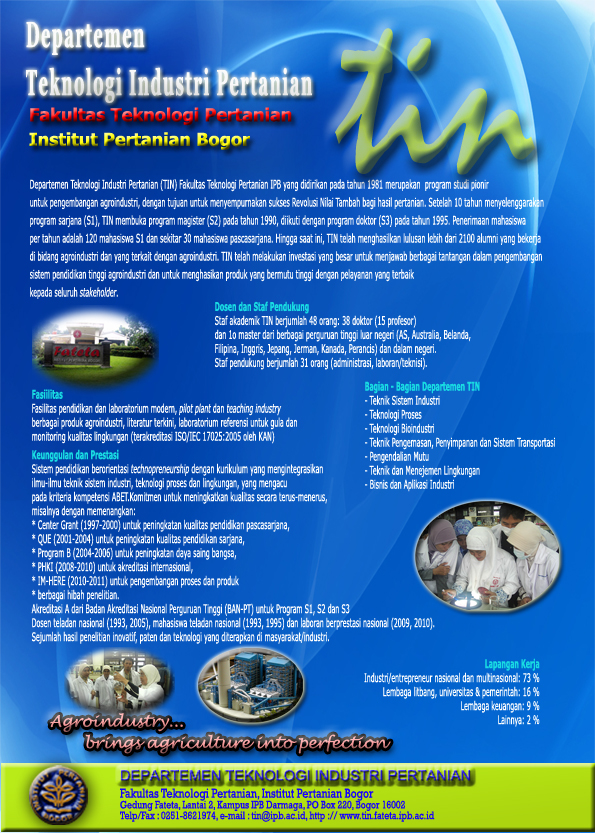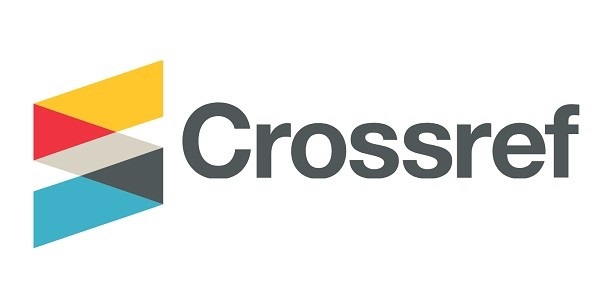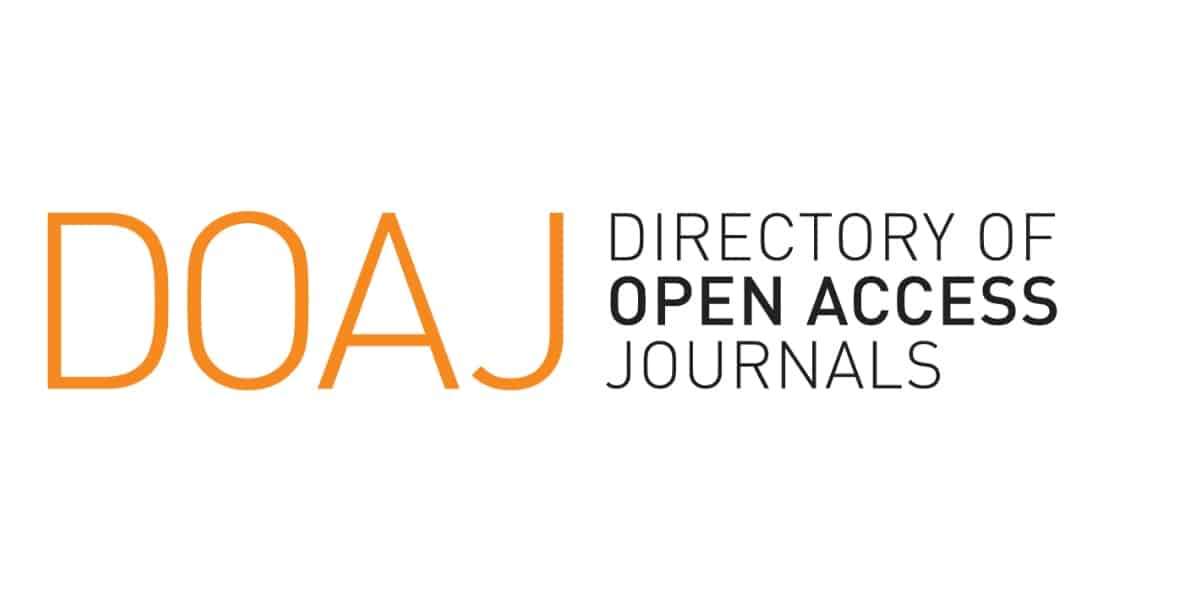PERLAKUAN AWAL JERAMI SORGUM SECARA BIOLOGIS DAN CO-DIGESTION DENGAN SLUDGE PADA PRODUKSI BIOGAS
Abstract
Partial oxidation pretreatment on sorghum straw using a consortium of microorganisms EM4 was done before used as raw material for production of biogas. Biogas production was performed by co-digestion method using sludge of waste water treatment plant. This research aimed to study the effect of sorghum straw and sludge ratio to the production of biogas by co-digestion method. Partial hydrolysis pretreatment using concentrations of EM4 0.0, 0.1, 0.5, and 1.0%. Pretreatment parameter measured was chemical oxygen demand dissolved (COD). The result of sorghum straw pretreatment was used as raw material for biogas production. Co-digestion method of sorghum straw and sludge was carried out by ratio variation of 80:20, 75:25, 70:30, and 65:35 (w/w). Parameters measured were cumulative biogas production (L/kg VS) and the composition of the biogas (CH4 and CO2). Results of partial oxidation pretreatment showed that the higher concentration of EM4 affected in higher levels of dissolved COD. Biogas production results by this pretreatment showed that the higher concentrations of EM4, the shorter adaptation phase of anaerobic microorganisms and higher production of biogas. The highest biogas production by co-digestion method was 371 L/kgVS, achieved by ratio of sorghum straw to sludge of 75:25 (w/w) in 65 days of fermentation. By using co-digestion method, biogas production increased 245-293%. From the results of this research note that biogas production on a pilot scale 25 L was lower than Erlenmeyer digester 0.5 L.Composition of biogas consisted of CH4 : CO2 76:26 and biogas was flammable.
Keywords: sorghum straw, EM4, sludge, co-digestion, biogas

_page-00013.jpg)






